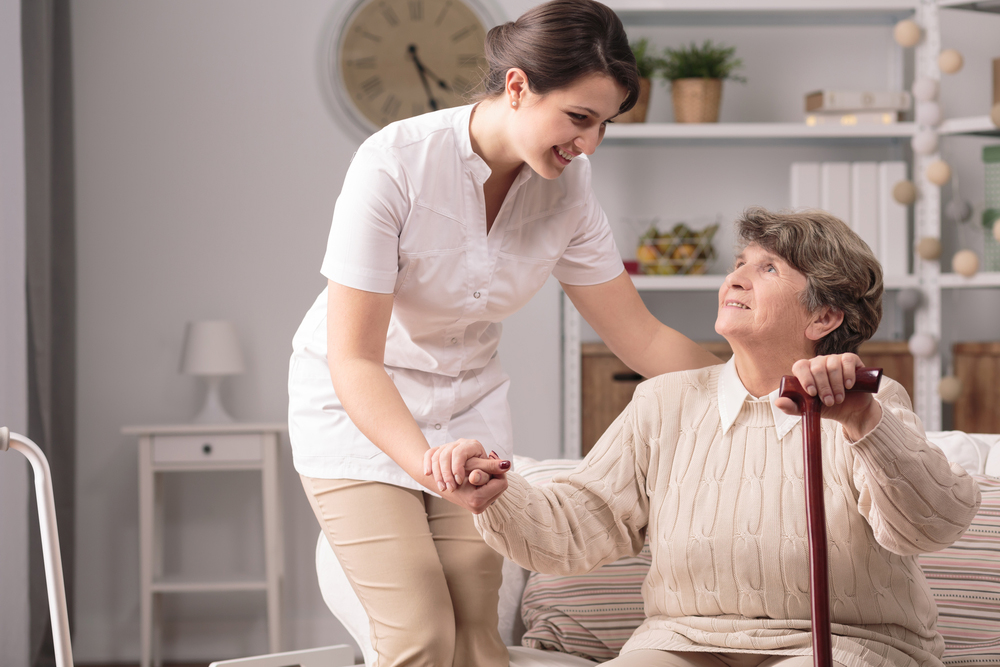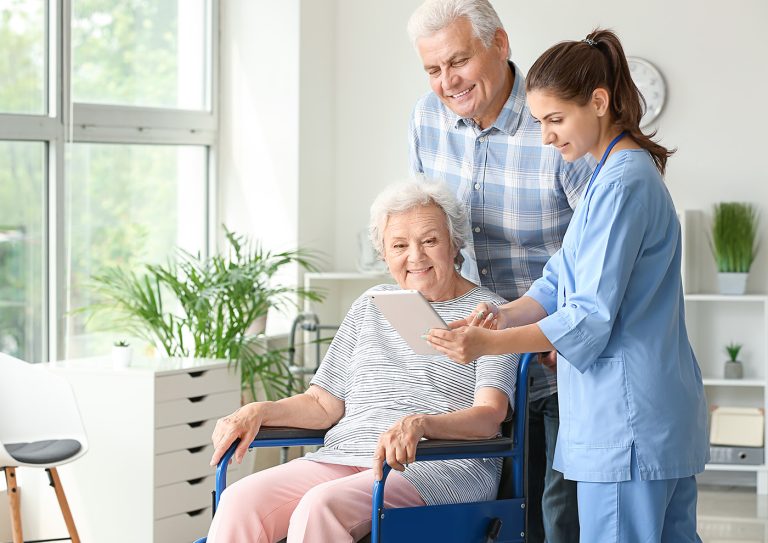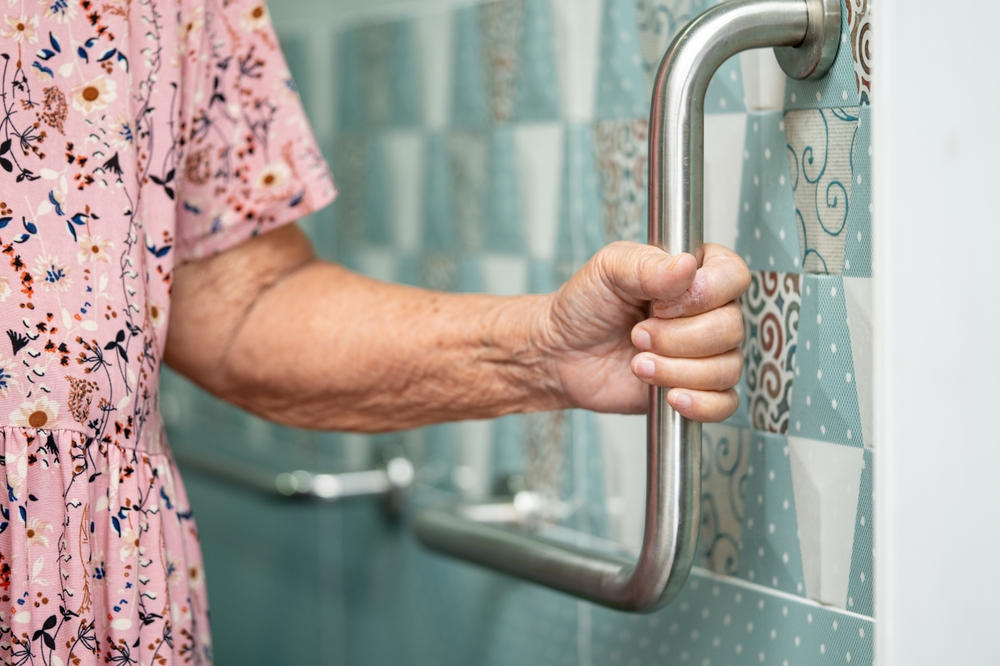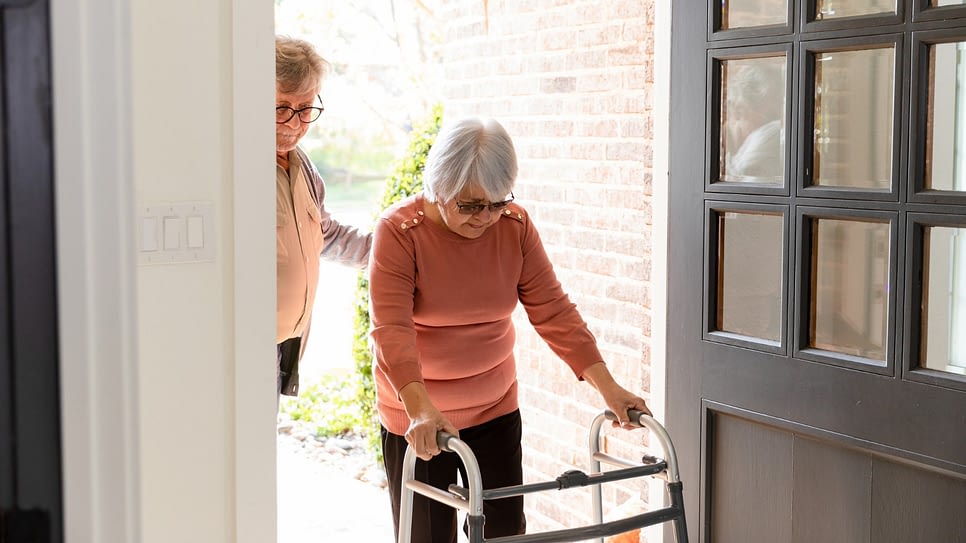Caring for beloved pets is a fulfilling experience, especially for the elderly. Pets provide companionship, reduce stress, and offer emotional support. However, ensuring pet safety in a home with elderly individuals is crucial. This article will delve into pet safety tips for elderly at home to ensure a safe and harmonious living environment for both seniors and their furry friends.
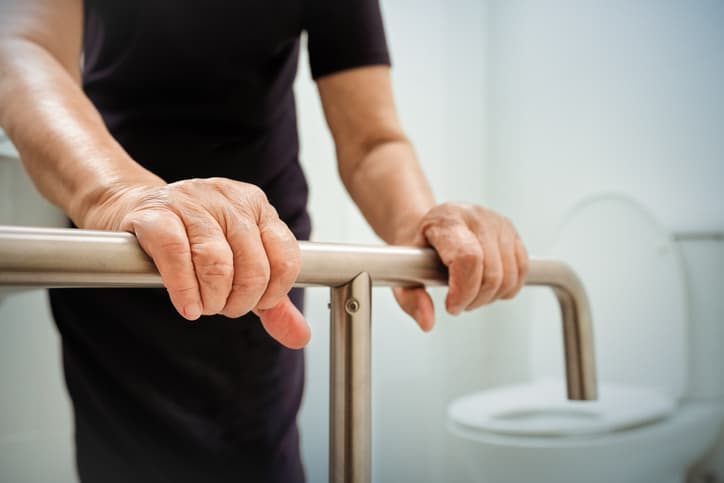
Understanding the Importance of Pet Safety
For elderly individuals living alone, pets can be their best companions. However, as age progresses, certain challenges arise. Pet safety becomes a primary concern. Ensuring pets are safe reduces anxiety and provides peace of mind for family caregivers.
Preparing the Home Environment
Pet-Proofing the Living Space
One of the first steps in ensuring pet safety is to make the living environment safe. Remove any harmful objects, secure electrical cords, and use non-slip rugs to prevent falls. Consider installing Alexa for Home Safety to monitor safety.
Designated Pet Areas
Creating designated areas for pets helps in maintaining order. These areas can include feeding stations, sleeping corners, and play zones. Ensure that these spaces are easily accessible and do not pose a risk to the elderly.
Health and Wellness of Pets
Regular Veterinary Check-ups
Regular vet visits are crucial for maintaining the health and wellness of pets. Ensure that pets are up-to-date with vaccinations and check-ups. This practice not only keeps pets healthy but also reduces any potential health risks to elderly individuals.
Proper Nutrition and Hydration
Providing balanced nutrition is essential for pet health. Ensure that pets have access to fresh water and nutritious food. Consult with a veterinarian to tailor a diet that suits the pet’s specific needs.
Enhancing Mobility and Accessibility
Accessible Pet Ramps and Stairs
For elderly individuals, bending or lifting pets can be challenging. Installing pet ramps or stairs can help pets reach furniture or vehicles without assistance. This reduces physical strain on seniors and promotes pet independence.
Safe Outdoor Spaces
Outdoor spaces should be secure to prevent pets from wandering off. Fencing the yard and ensuring gates are locked provides a safe environment for pets to play and exercise.
Emergency Preparedness
Creating an Emergency Plan
Having a solid emergency plan is pivotal. This includes having emergency contact lists, knowing the nearest veterinary clinic, and having a travel kit ready. Family caregivers can explore Medical Alert Systems to enhance safety.
First Aid Kits for Pets
Having a pet-specific first-aid kit can be lifesaving in emergencies. These kits should include bandages, antiseptics, and any necessary medication. Training elderly individuals on basic first-aid can be beneficial.
Utilizing Technology for Pet Safety
Smart Devices and Apps
Technology can greatly aid in ensuring pet safety. Devices like Voice Activated Devices can help monitor pet activities. Additionally, Mobile Apps for Safety can track pet health and routines.
Pet Monitoring Cameras
Installing pet cameras allows elderly individuals to keep an eye on their pets, ensuring they are safe even when the owner is not in the same room.
Training and Behavior Management
Basic Obedience Training
Training pets in basic obedience can prevent accidents and promote safety. Teaching commands like ‘sit’, ‘stay’, and ‘come’ ensures pets respond promptly, reducing risks.
Understanding Pet Behavior
Understanding pet behavior helps in identifying any unusual signs early. Regular interaction and observation can help seniors detect any behavioral changes that might indicate health issues.
FAQs
How can family caregivers assist in pet safety?
Family caregivers can assist by ensuring the living environment is pet-proofed, scheduling regular vet visits, and installing safety devices.
What are some common hazards for pets in elderly homes?
Common hazards include unsecured electrical cords, toxic plants, and small objects that pets might swallow.
How can technology enhance pet safety?
Technology like monitoring cameras and smart devices can help in keeping track of pet activities and health, ensuring their safety.
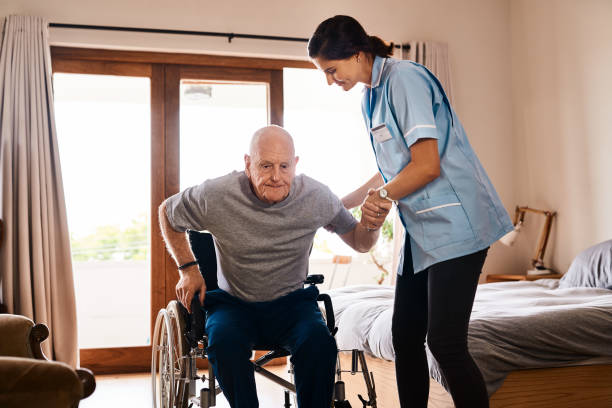
Conclusion
Ensuring pet safety in homes with elderly individuals is a multifaceted task. By following these tips, family caregivers can create a safe and nurturing environment that promotes the well-being of both the elderly and their cherished pets. For more insights, consider reading this Senior-Proof Home Guide to further enhance safety at home.
This article contains affiliate links. We may earn a commission at no extra cost to you.

